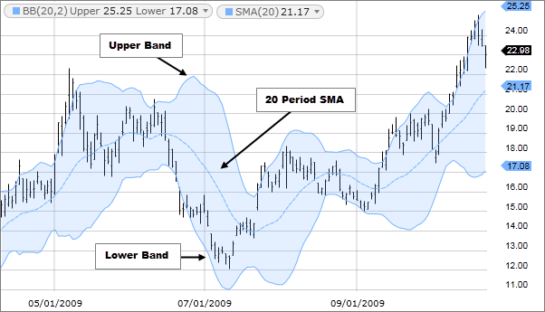Volume: The Silent Indicator
In the realm of technical analysis, where price movements are scrutinized for patterns and trends, volume stands as a silent yet powerful indicator. While often overlooked, volume provides crucial insights into market sentiment and the strength of price movements. In this article, we explore what volume is, how it works, and how traders can effectively utilize it in their trading strategies.
Understanding Volume
Volume in trading refers to the number of shares or contracts traded in a particular security during a given period. It is typically represented as bars or histograms at the bottom of price charts. Volume reflects the level of activity in the market and is a key measure of liquidity.
How Volume Works
Volume provides traders with valuable information:
- Confirmation of Price Movements: High volume during price increases suggests bullish sentiment, while high volume during price declines indicates bearish sentiment. Conversely, low volume during price movements may indicate lack of conviction and potential reversal.
- Trend Confirmation: Volume can confirm the strength of a trend. In an uptrend, increasing volume suggests conviction among buyers, while decreasing volume may signal weakening momentum. In a downtrend, the opposite is true.
- Reversal Signals: Volume spikes often accompany trend reversals. A sudden increase in volume after a period of consolidation may signal a breakout or breakdown.
Using Volume in Trading
Traders employ various strategies using volume:
- Volume Analysis: Traders analyze volume patterns to confirm price movements and identify potential trend reversals. For example, a price breakout accompanied by high volume is considered more reliable than one with low volume.
- Volume Moving Averages: Some traders use volume moving averages to smooth out volume fluctuations and identify changes in trend strength.
- Volume Divergence: Divergence between price and volume can provide valuable signals. For example, if prices make new highs while volume decreases, it may signal weakness in the uptrend.
- Volume Profile: Volume profile analysis identifies significant price levels based on the volume traded at each price level. Traders use this information to identify support and resistance levels and potential breakout or breakdown zones.
Considerations when Using Volume
- Confirmation: Always confirm volume signals with other technical indicators or price action.
- Context: Consider the context of volume within the broader market environment, including news events and market sentiment.
- Market Conditions: Volume may behave differently in different market conditions, such as trending or ranging markets.
Conclusion
Volume is a vital yet often underestimated tool in technical analysis. By understanding its significance and incorporating it into their trading strategies, traders can gain valuable insights into market dynamics and make more informed decisions. Whether used to confirm price movements, identify trend strength, or anticipate reversals, volume provides traders with an additional layer of information to enhance their trading edge. With its ability to reveal market sentiment and the strength of price movements, volume remains an essential component of technical analysis for traders across various financial markets.
Referance: Chatgpt
